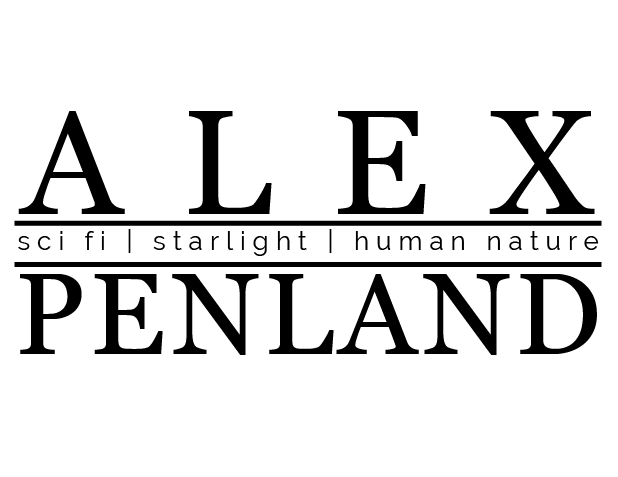The Conlang Blog: Codon
I’ll come clean. One of the main reasons I’m restarting this blog is to take advantage of a captive audience and talk about conlanging—the art of constructing languages.
It’s probably my dorkiest passion, and I literally crochet my own sweatervests, so that’s an extremely high bar.
Codon is a language I came up with back in 2014. It’s complete, usable, and utterly impractical—it only has a vocabulary of 64 words. You’d never find something like it in the real world.
Except you totally would, because it’s based off the structure of RNA.
Codon is what we call a minlang: a minimal language. “Minimal” is sort of a moving target, mind. Minlangs can be minimal in vocabulary but complex in grammar (or vice versa), but they’re always constricted in some way. The end result is often more of an art form than a practical language—although not always! They’re philosophical (check out the minlangs Toki Pona and Ithkuil) and beautifully constructed (Lojban) and generally just… really cool.
Minlangs are my go-to “I need a language for this story” projects. They’re never as beautifully constructed as the ones people spend years polishing (seriously, go check out Toki Pona), but I tend to construct them around a core concept. They usually reflect some piece of the heart of the story—something that fits with the message or setting in a unique way.
For Codon, this concept was RNA.
RNA (and DNA) is the template from which all life is created, and it’s constructed from infinite variations of four basic pairings. The four amino acids of RNA—Adenine, Guanine, Cytocine, and Uracil—chain together as Adenine/Guanine and Cytocine/Uracil. These chains twist together in infinite variations, and through the general advanced-technology-magic of biology, write the code for life on Earth. This has always felt a little like placing infinite monkeys at infinite typewriters to me, except the monkeys were ancient pools of hot mineral water, and the typewriters were conglomerating protein goo.
Anyway, I changed amino acids to letters, assigned meaning to clumps of the pairings, and applied the same concept to language.
The vocabulary, at 64 words, consists of generic language. Numbers are in binary; punctuation is built into the vocabulary, just as stop- and start-proteins are built into RNA. Meaning comes from combinations, from compounding words into words until specification is reached.
Minimal vocabulary, minimal grammar: extremely complicated to actually use.
One of the cooler things about this language is that trying to use it immediately makes you appreciate just how complex life is. Trying to trek through the phrase “I’m from Planet Earth” (the example phrase used in the link above, and reproduced in the image for this post) is a downright battle. It’s messy and long. Bits inevitably get transposed or mixed up when you try to copy the text over to something else. Trying to read it or understand the meaning of something you don’t already know takes a massive effort.
The fact that people sequence entire genomes and study the effects of the patterns inside them is incredible. Go thank a geneticist.
And try writing something for yourself! I’d love to see attempts in the comments.
